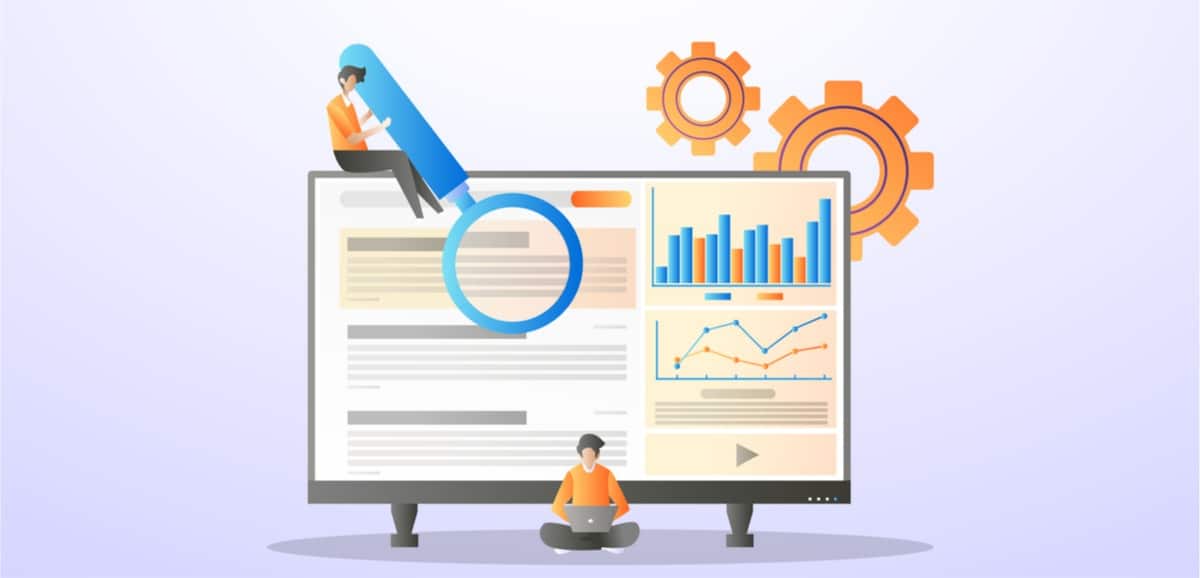Today, WordPress has over 54,000 free plugins from which users can choose. WordPress, being an open-source platform, allows anyone to create a plugin. Some developers have limited knowledge and understanding of what a user wants. WordPress hosts a diversified amount of plugins that can be readily used. WordPress users often face boredom and get tired of installing and testing multiple plugins until they find the correct one.
Key Points
The following are seven key points that one should consider when choosing WordPress plugins-
1. Checking for the Last Update
The WordPress online repository indicates when a plugin was recently updated. If the user accesses that plugin using his WordPress dashboard, it will inform the user whether the most recent plugin is compatible with the present WordPress version.
One should also understand that WordPress developers are constantly working to keep the plugin updated. This can be checked by clicking the development tab on the plugin’s home page and monitoring the changelog. The changelog gives details of the recent updates and what is involved in them. If a plugin tends to be timely, it remains secure from all vulnerabilities and hacking, resulting in increased compatibility with other WordPress plugins & themes. On the other hand, if a WordPress plugin hasn’t been recently updated, it depicts that WordPress’s developer team is no longer interested in that particular WordPress plugin.
2. Determine the Last WordPress Version Against Which Testing Was Done
The WordPress team constantly updates its core files, and while doing so, there might be specific compatibility implications for certain plugins. To stay functional at all times, these plugins need to be regularly. The plugin repository page mentions the ‘Tested Up to’ version.
The ‘Tested Up to’ depicts how carefully developers monitor this creation. If the plugin is essential to them, they will test it against the latest WordPress version after performing the update. If the testing hasn’t been done with the latest WordPress version, it is clear that the plugin will soon become incompatible and needs to be replaced.
3. Number of Active Installs for the Plugin
Earlier, WordPress used to inform users how many times a particular plugin had been downloaded, but now it gives more detailed statistics regarding active installs. The active install data can significantly help as it provides an exact number of sites currently using the plugin.
By clicking the Advanced View link, a user can compare the total number of downloads with the number of active installs. Comparing downloads and active installs can prove to be a better method. Some newer plugins may have fewer active installs; however, they may have an improved download-to-active install ratio.
4. Check for Plugins Ratings and Reviews
Ratings can be handy as they contain independent feedback from WordPress users who have used the plugin. Any user often wishes to use a plugin with higher ratings, though some of these ratings might have many 5-star and 1-star ratings. This indicates that a particular plugin can be the right solution for some websites and useless for others.
To view all the ratings and reviews, users can click on the ‘See All’ link, which provides a list of reviews. The user can read the complete review by clicking on the reviews’ titles. Generally, one should avoid older reviews, as the issues might have been resolved already.
5. Go Through the Profile of Developer
Each developer in the WordPress community has a profile that can be accessed using the link at the bottom of the plugin’s page. By visiting these profiles, users can estimate the developer’s experience with WordPress and what other projects he previously worked on. The developer’s experience can be handy when deciding how useful the plugin will be.
6. Support Levels
Developer support is essential for users, as it shows how many plugin-related issues have been resolved in the past two months. This can be a necessary criterion when selecting a plugin as the websites rely on it, and users wish to resolve their problems as soon as possible. In an ideal situation, those plugins must be selected with fewer issues, with a high percentage of them getting fixed. A higher number of issues is not good, indicating WordPress developers are not correctly dealing with the user issues.
7. Additional Advice for Users
Lastly, a developer can help the user by adding extra information related to the plugin. This information can be on the plugin’s page in various forms, such as installation advice, FAQs, or screenshots. The developer offering such extended support for its users will be maintaining the plugin in the future.
Conclusion
One critical differentiator for WordPress is its diverse and massive collection of plugins. The WordPress community’s plugins allow users to add several features to their WordPress hosting without paying an extra penny.
Author Bio –
Rob Smith is a content specialist by profession and choice. He has more than two years of experience in the writing domain and has authored over 100+ articles. In his leisure time, he reads about technology trends that have impacted human lives.
Related posts
Subscribe
* You will receive the latest news and updates on all things Wordpress!
Latest Reviews
Best WordPress Ecommerce Plugins Compared
There was a time when WordPress was known as a mere blogging platform. Now, it has become the need of the hour for several occasions whether you want to develop an e-commerce website or a business website, online marketplace, podcast website, dropshipping website, affiliate website,…
WooCommerce Product personalization – the Ultimate Guide
WooCommerce provides many benefits to web store owners operating in foreign eCommerce markets. Every online store has its style of product representation, but is everyone successful? Representing a product is not the only way to success because it requires many tasks—product promotion, SEO optimization, and…
How to Create a WordPress Image Gallery
Whether you’re a photographer, designer, or creative person who wants to create an impressive image gallery in WordPress, we have prepared some helpful tips. You may already know this, but WordPress provides a basic gallery block. Using the WordPress Gutenberg Block Editor, you can showcase…





